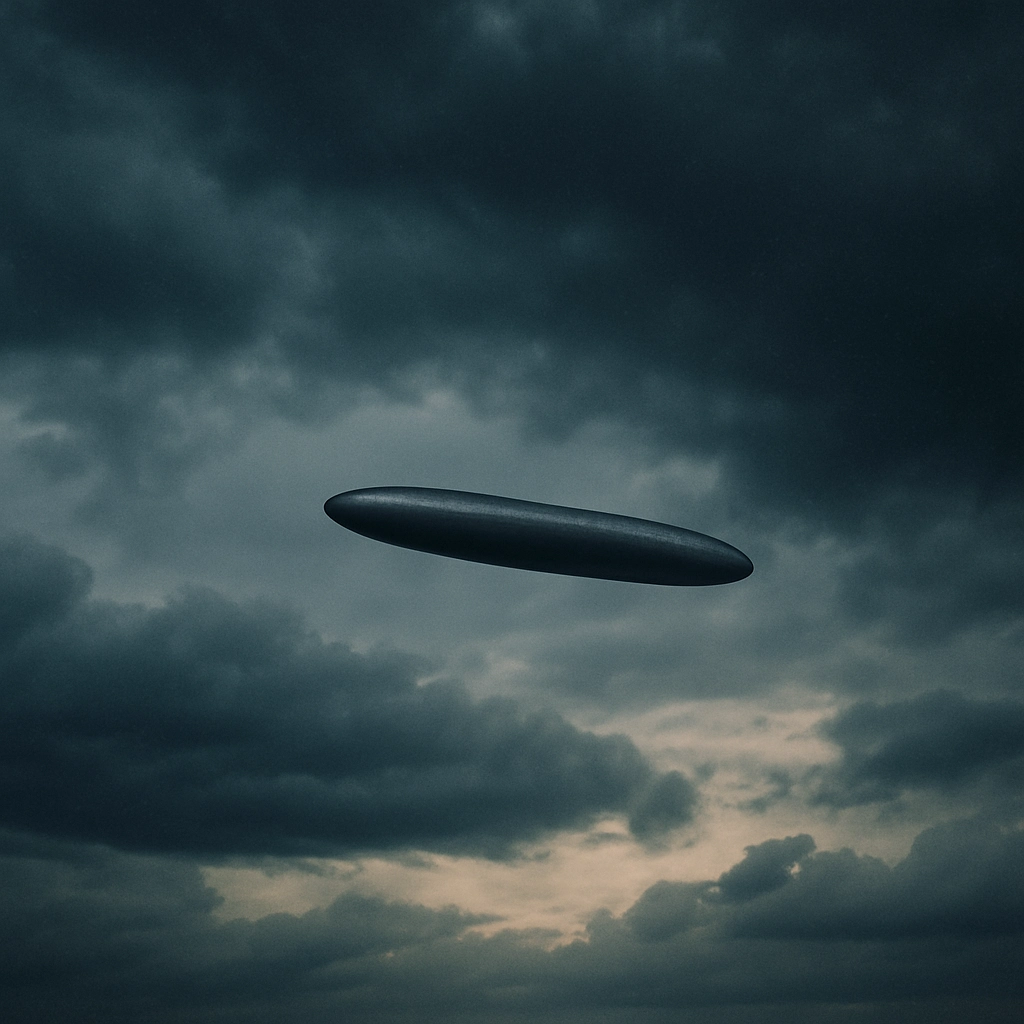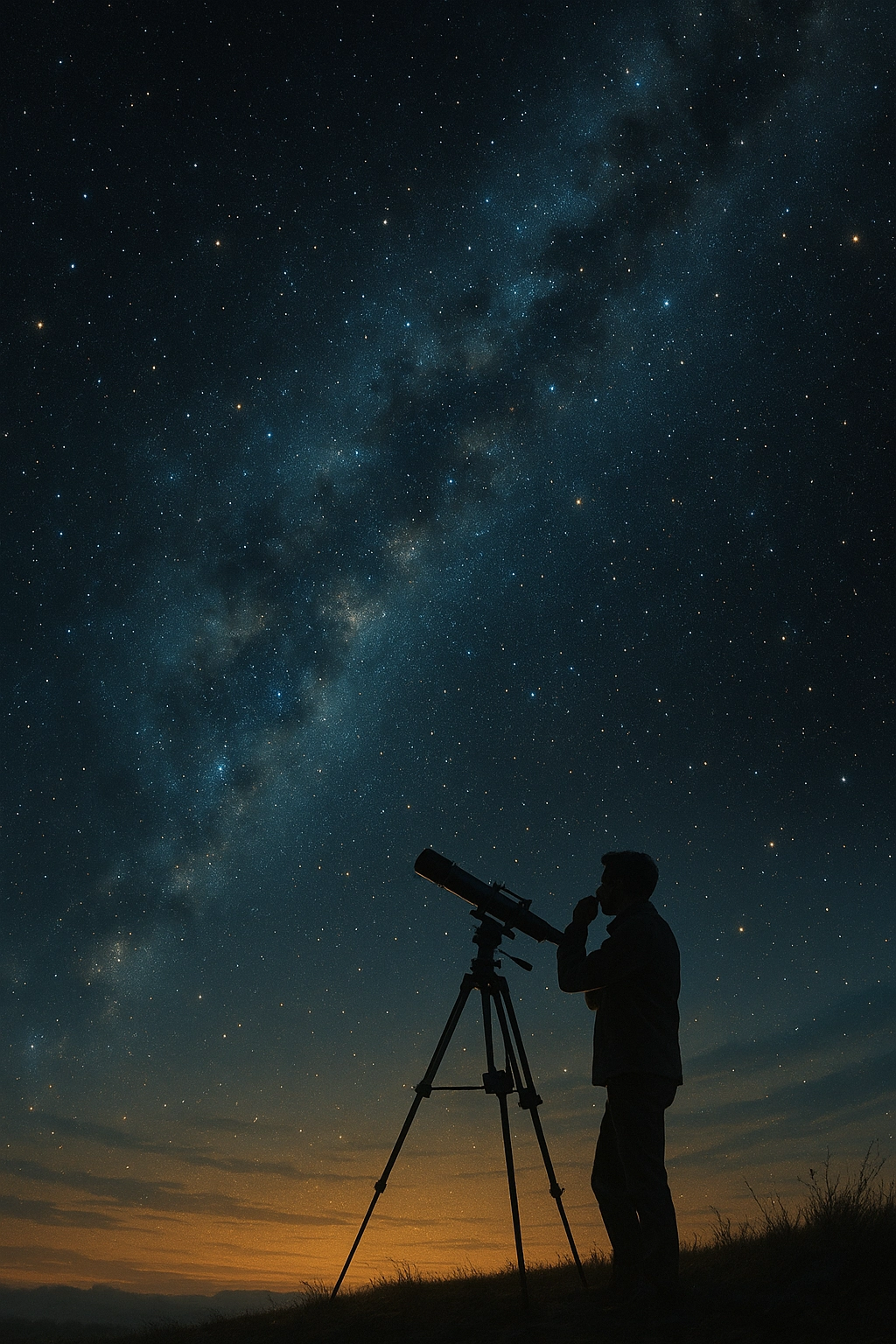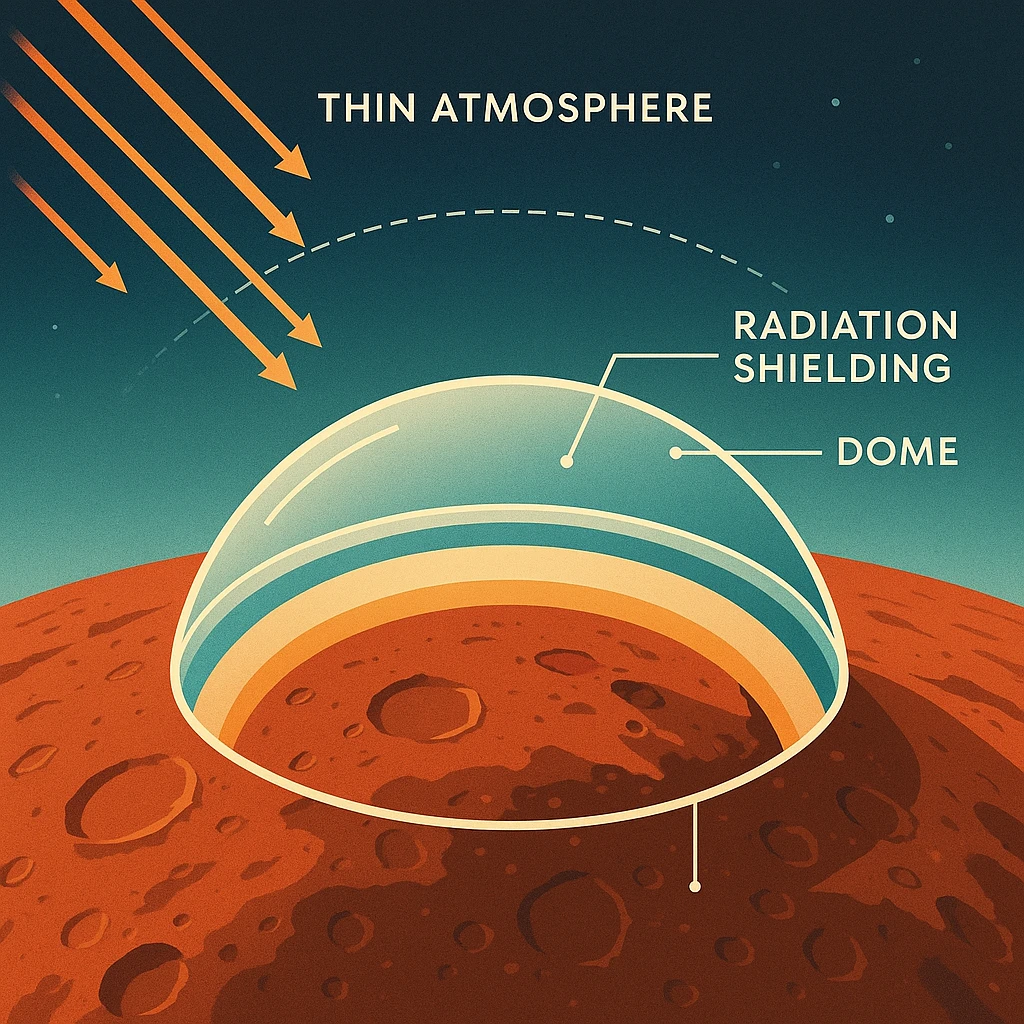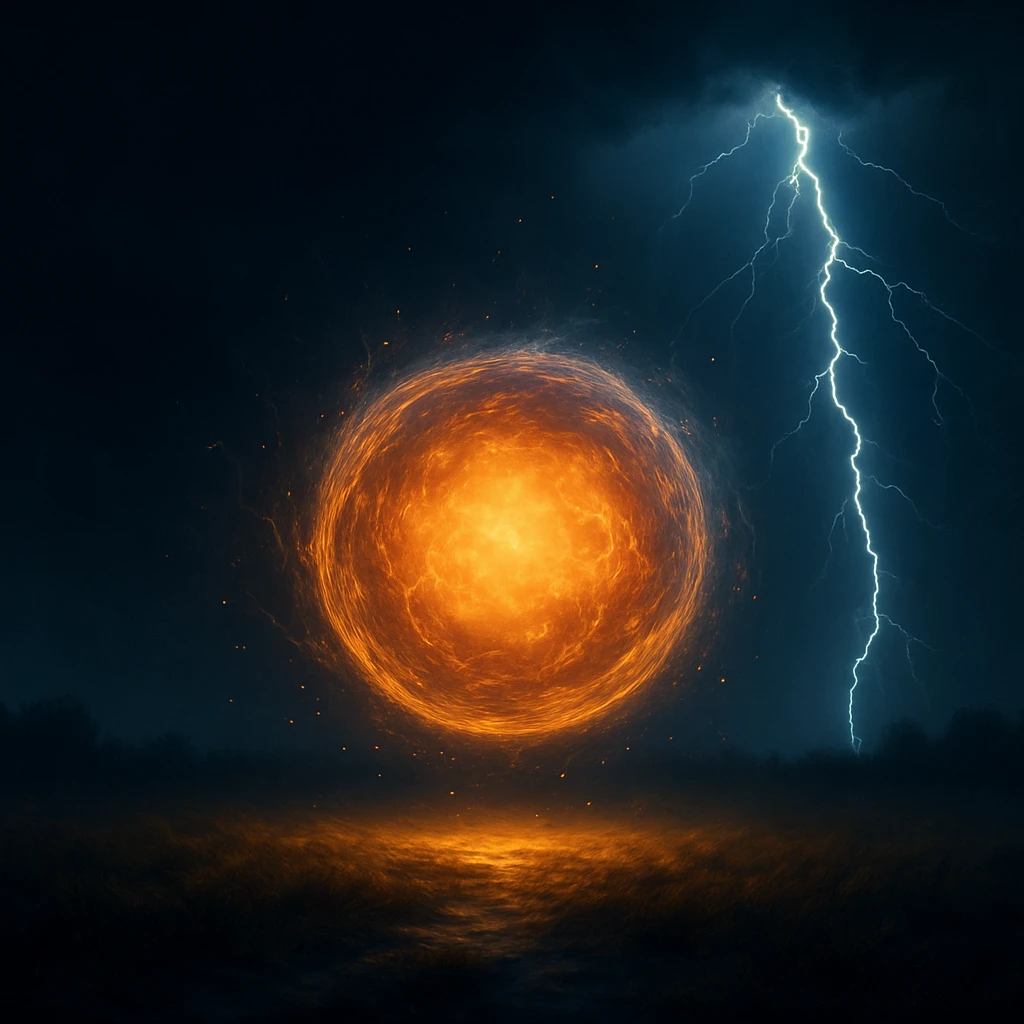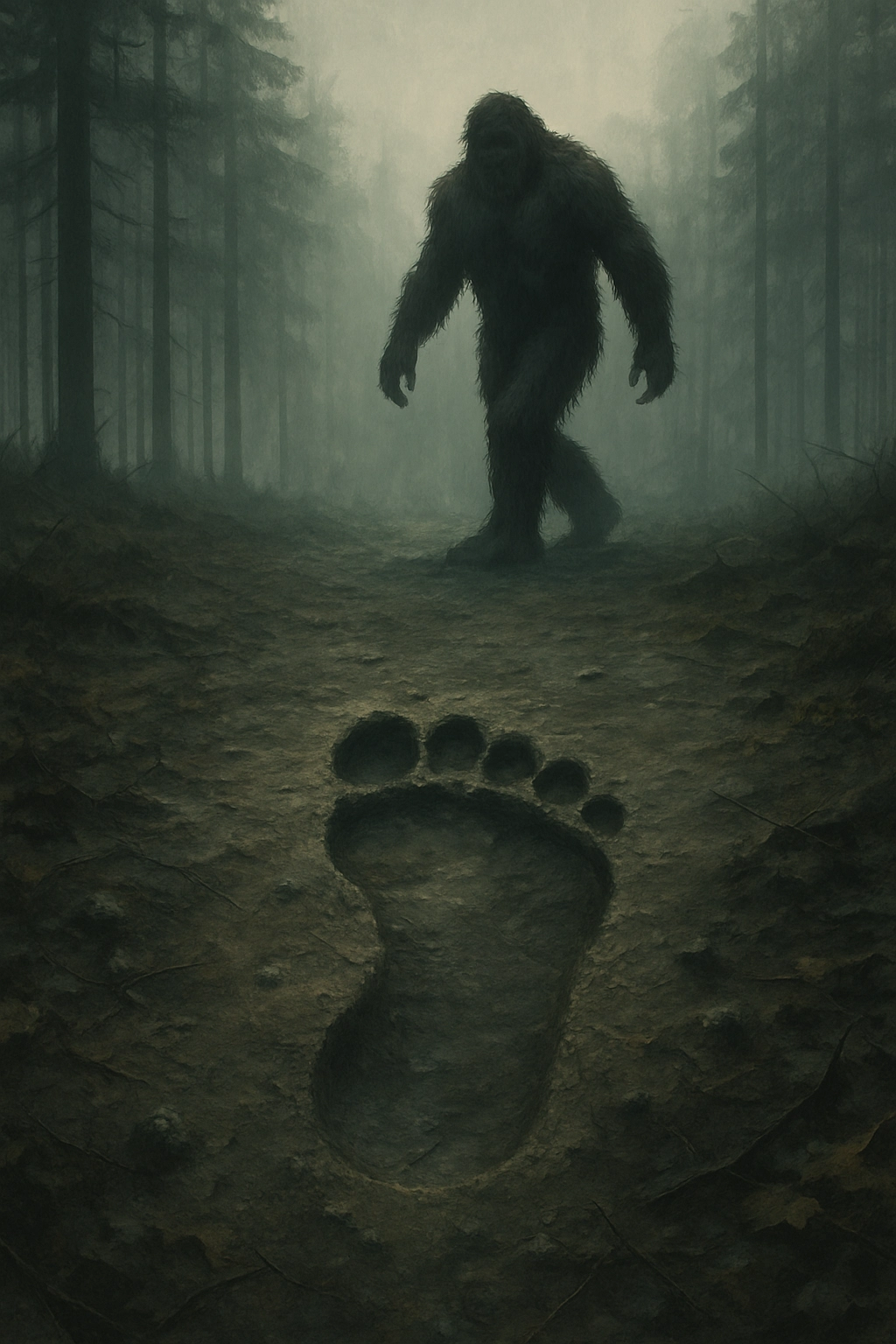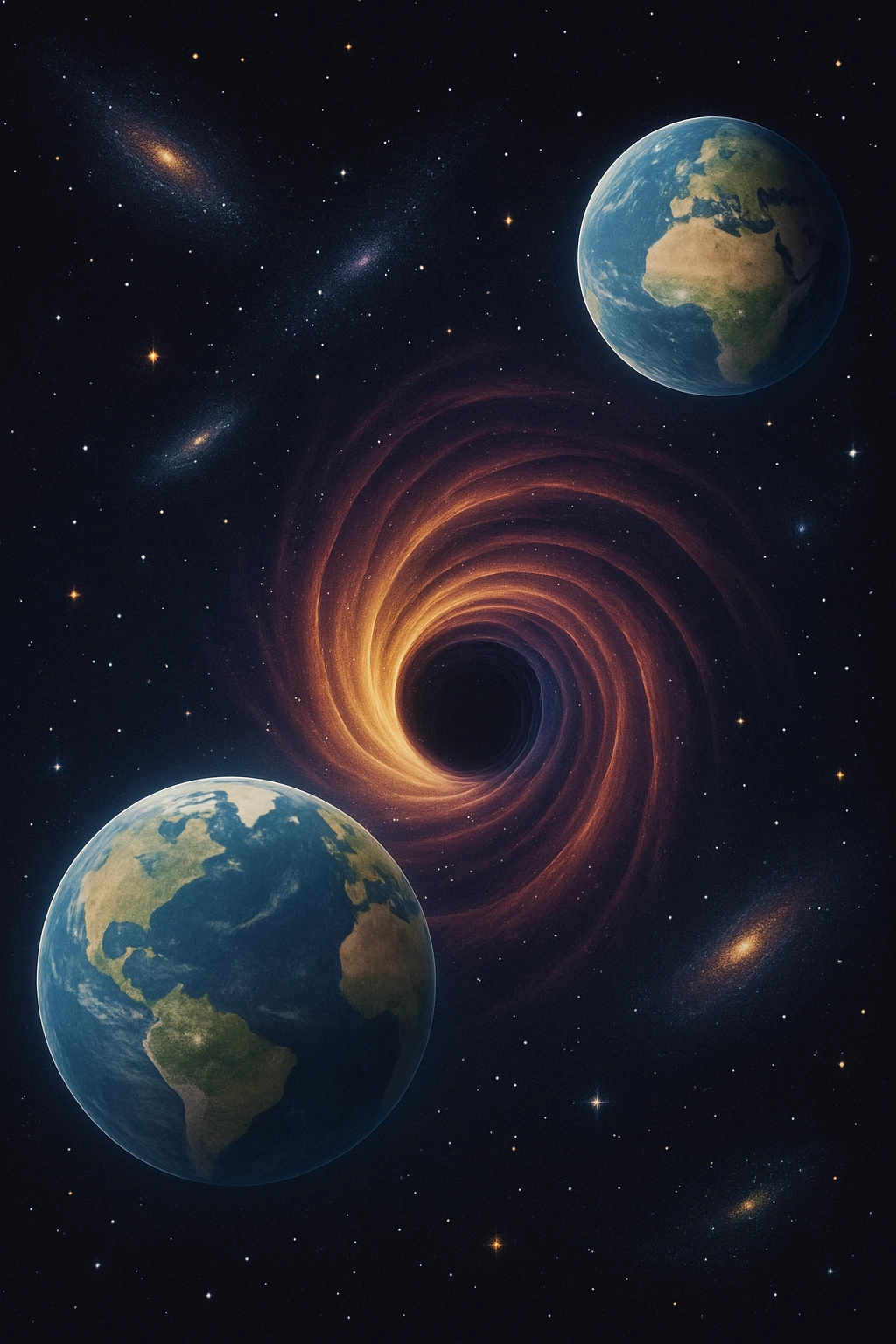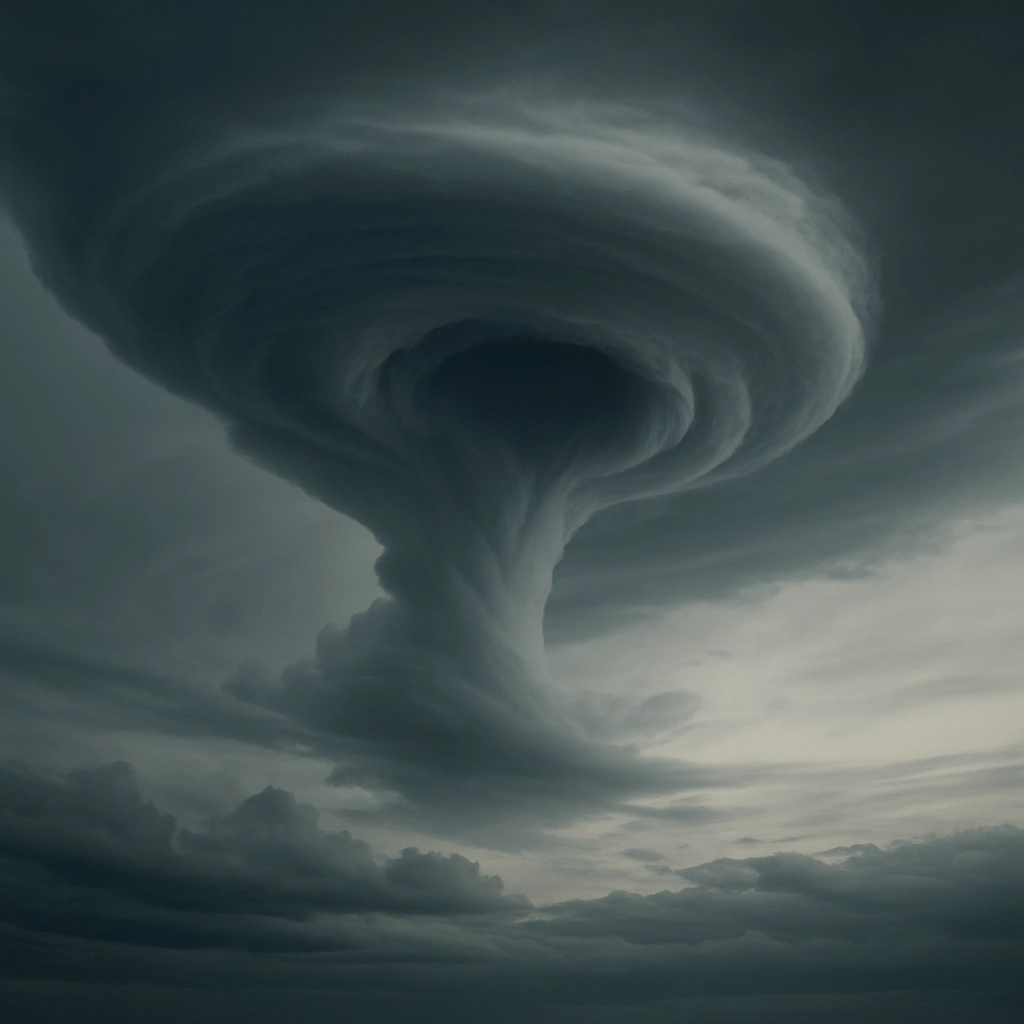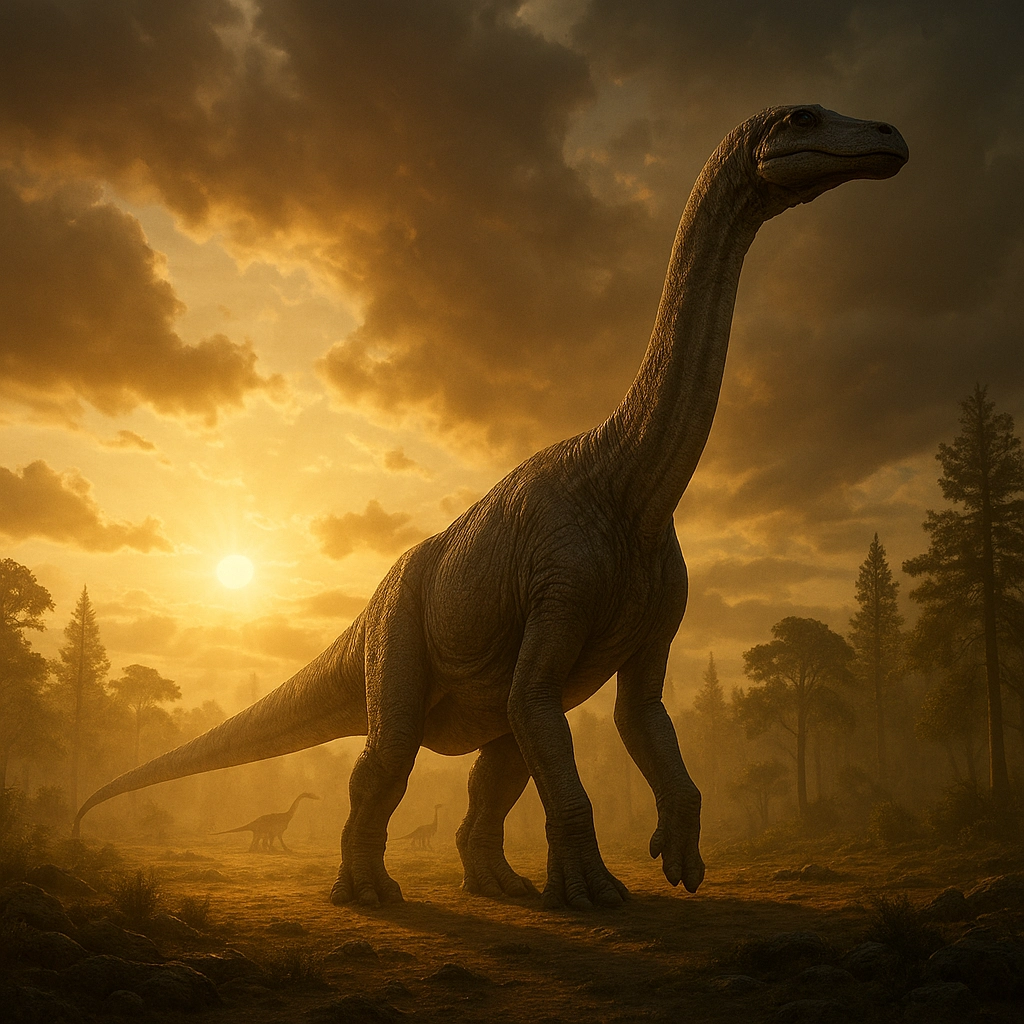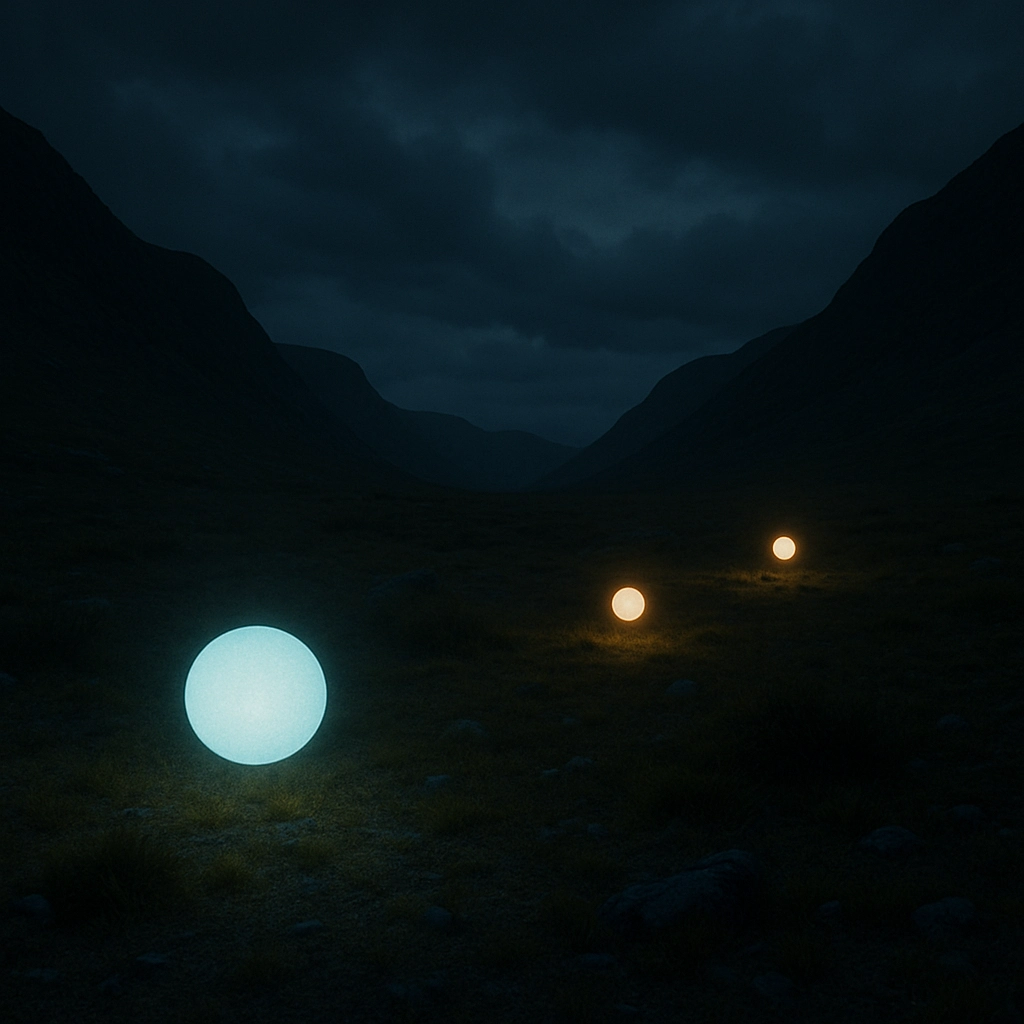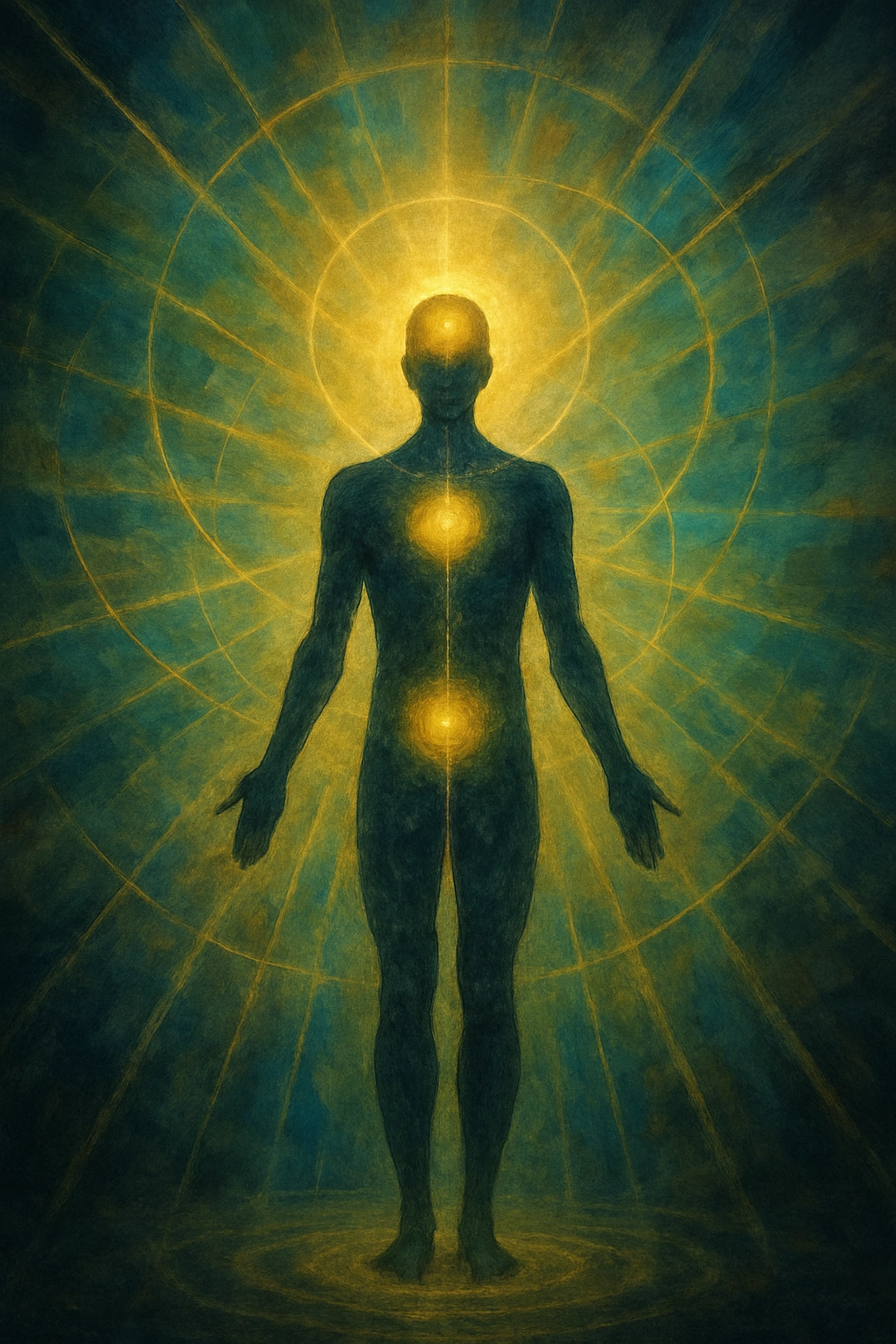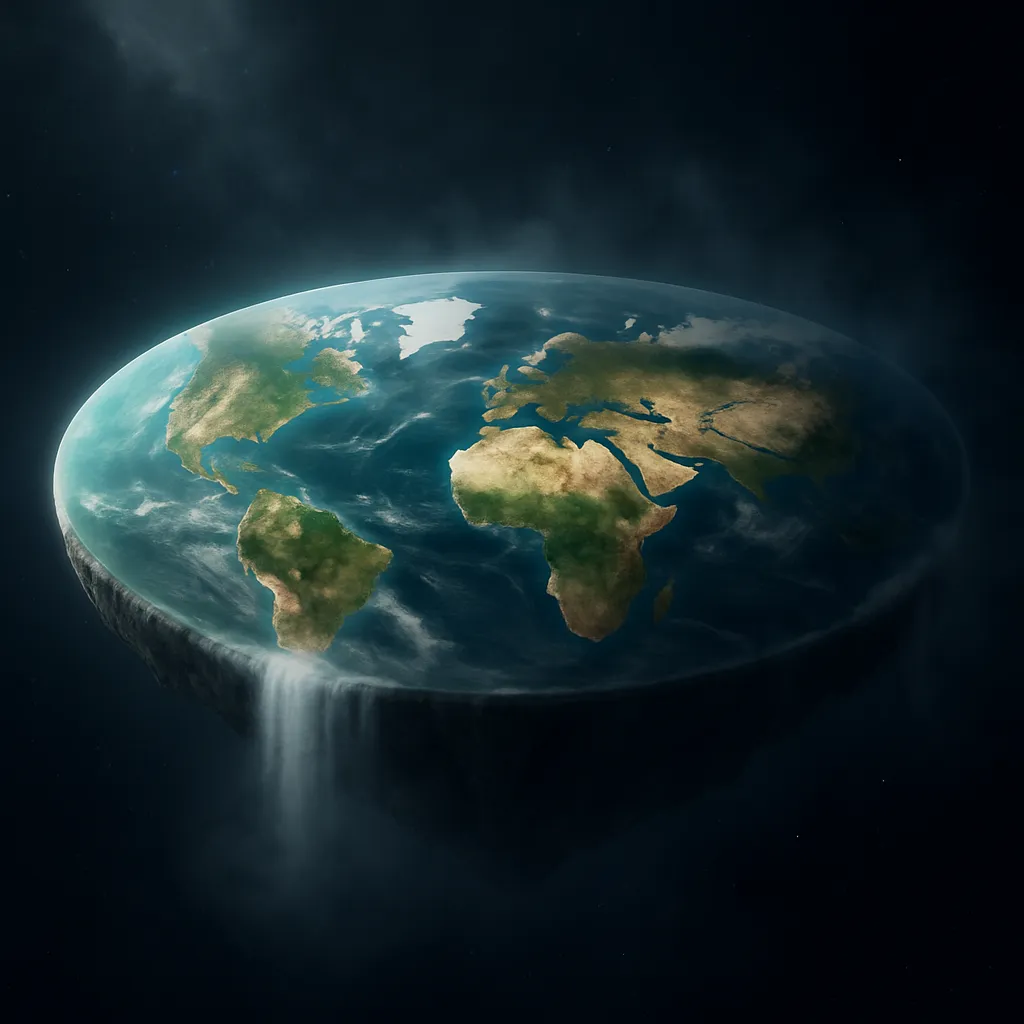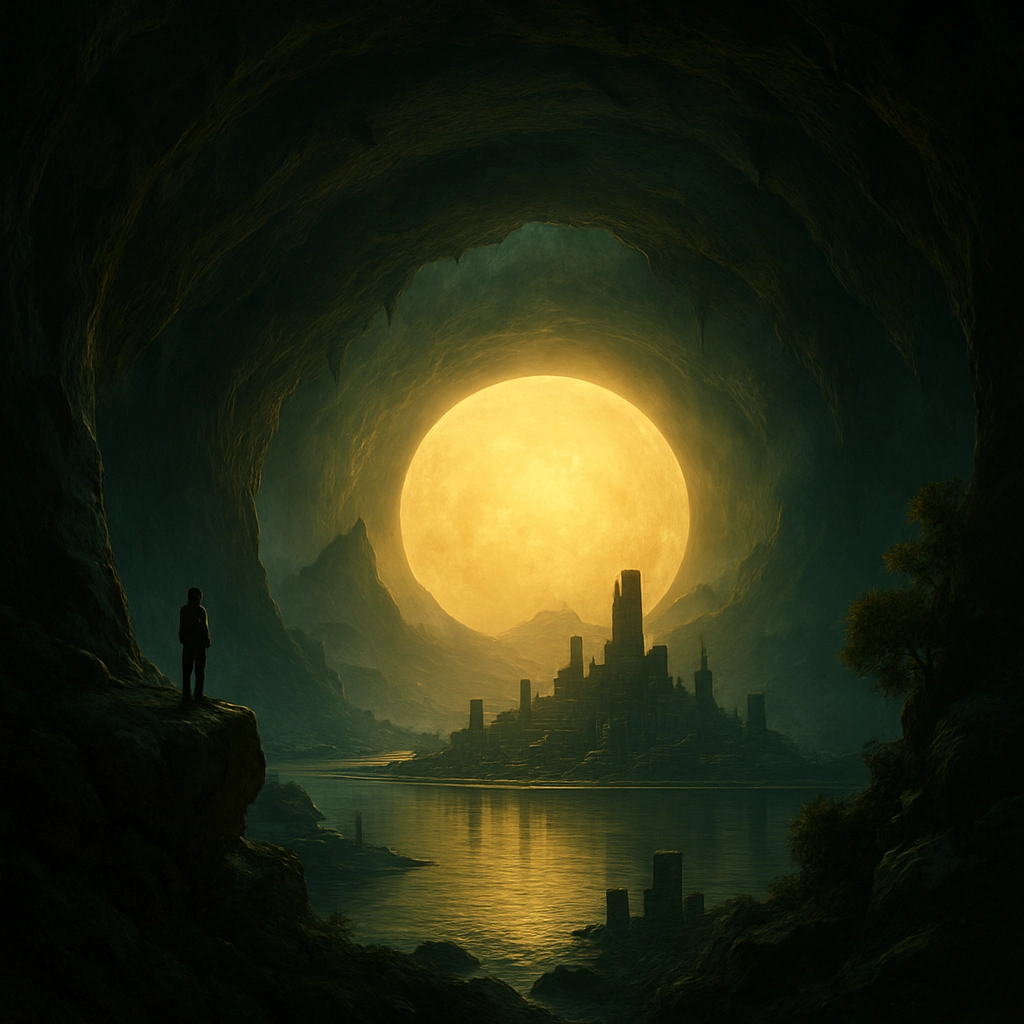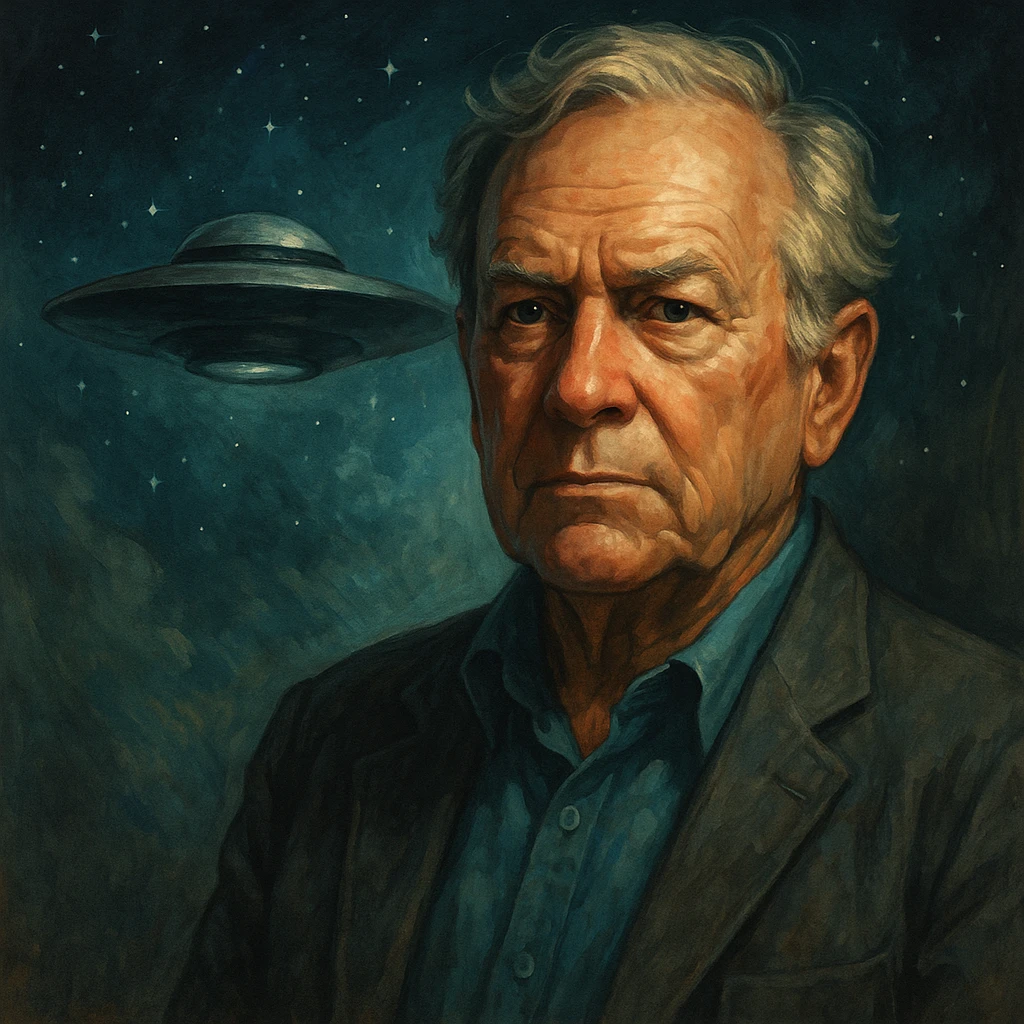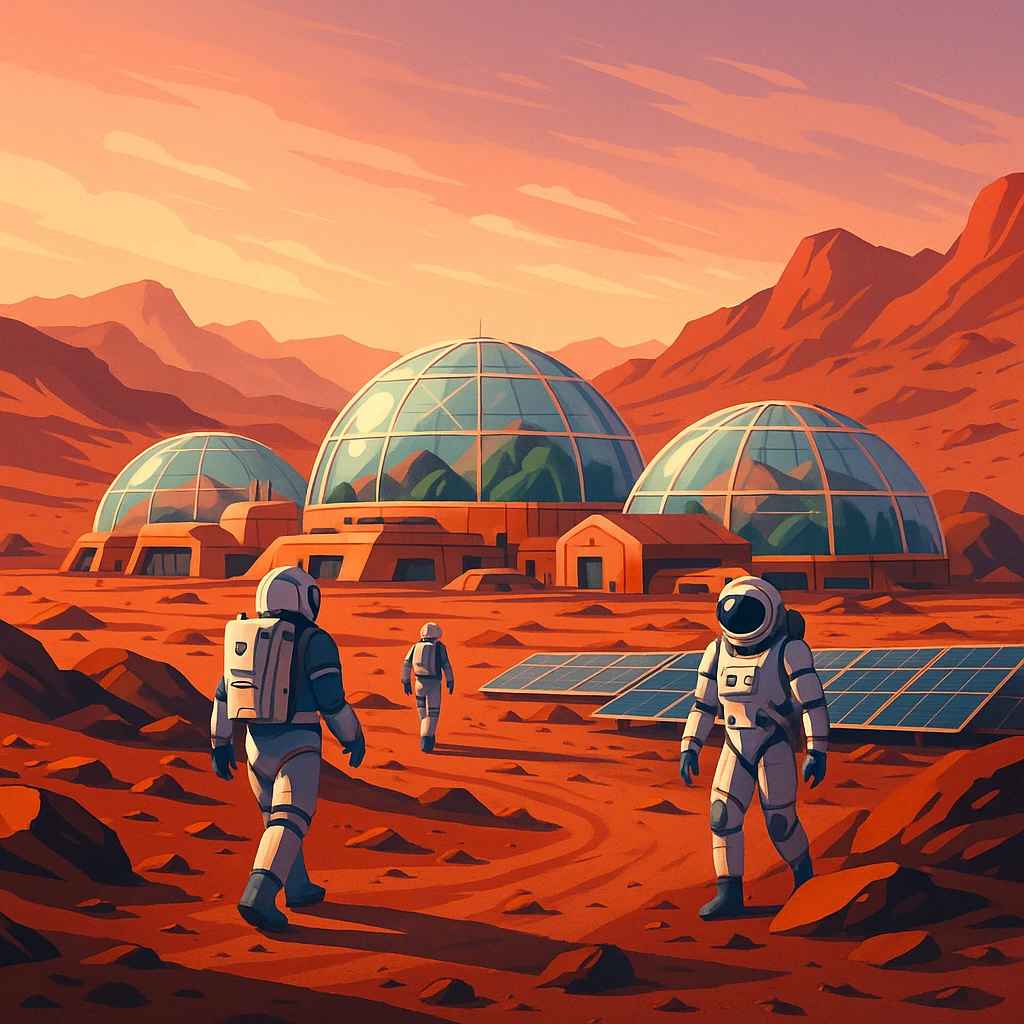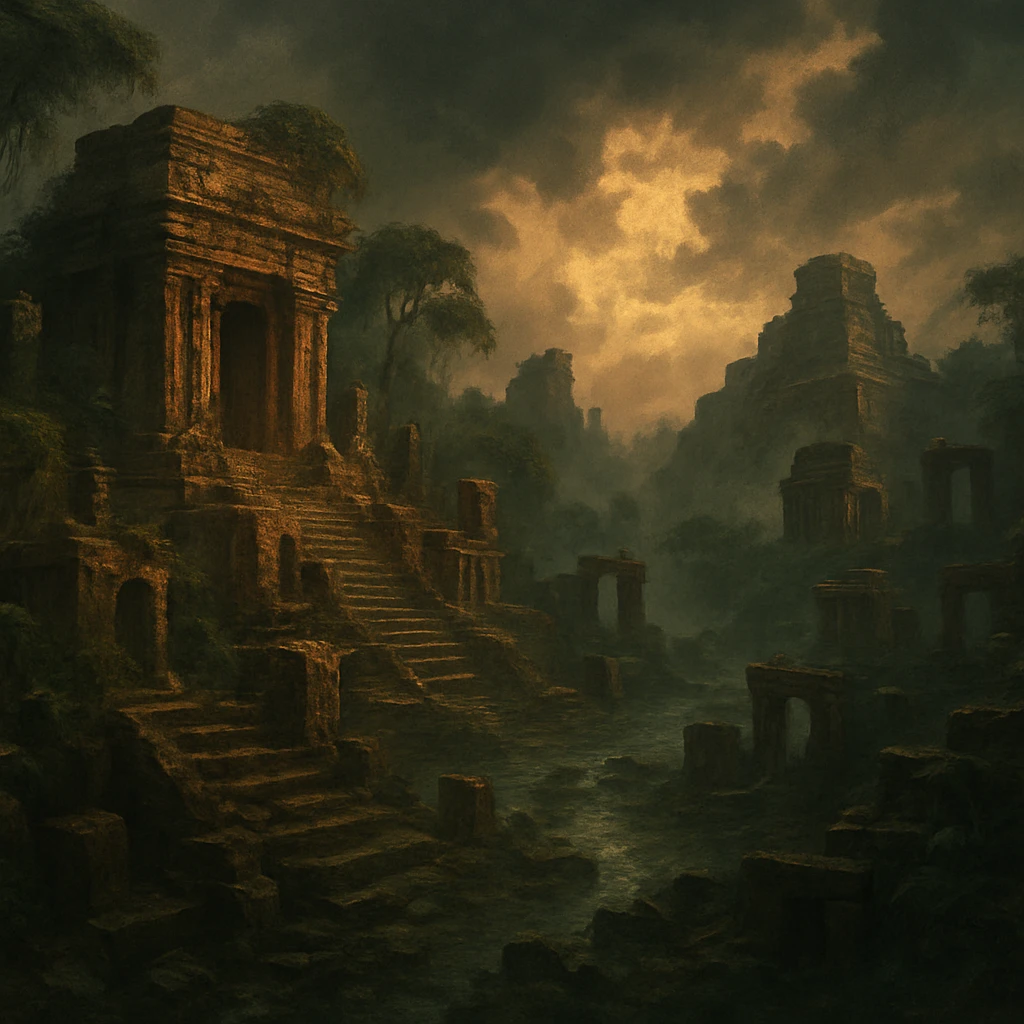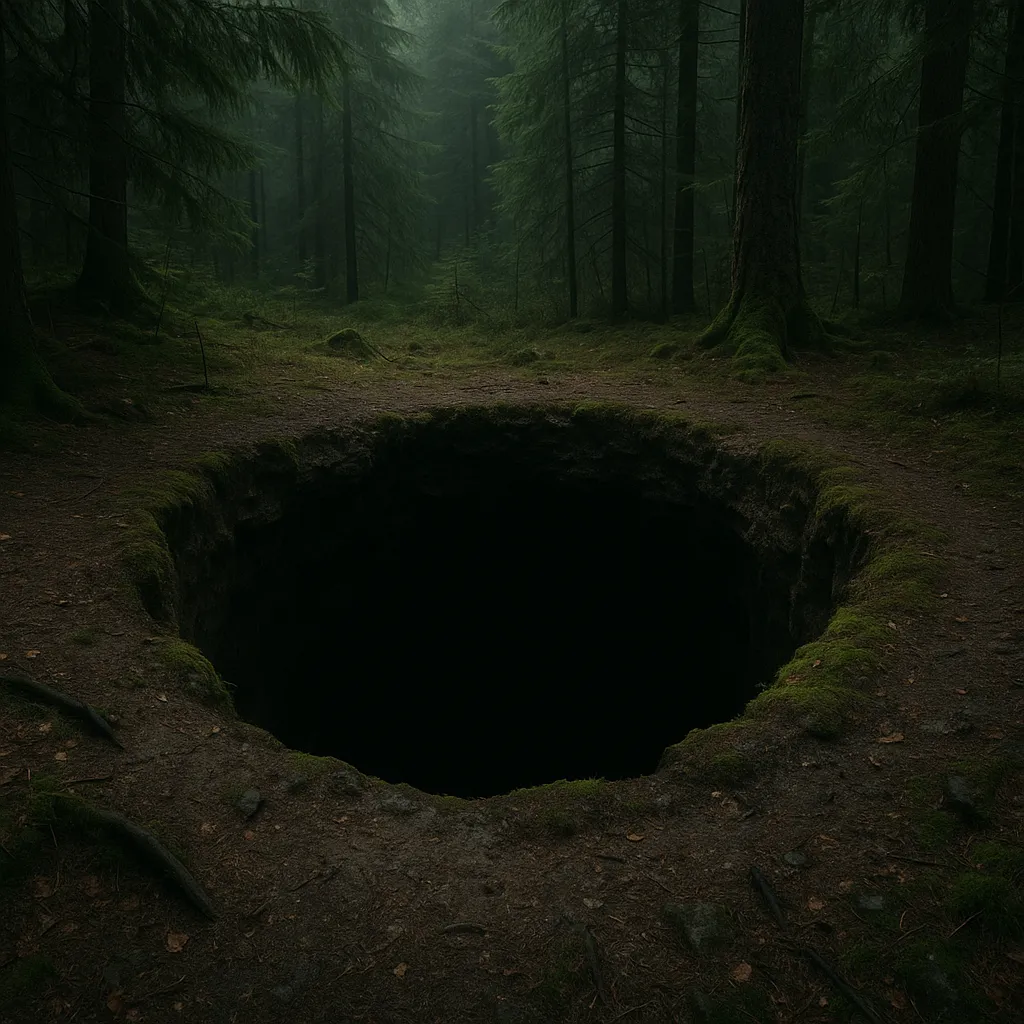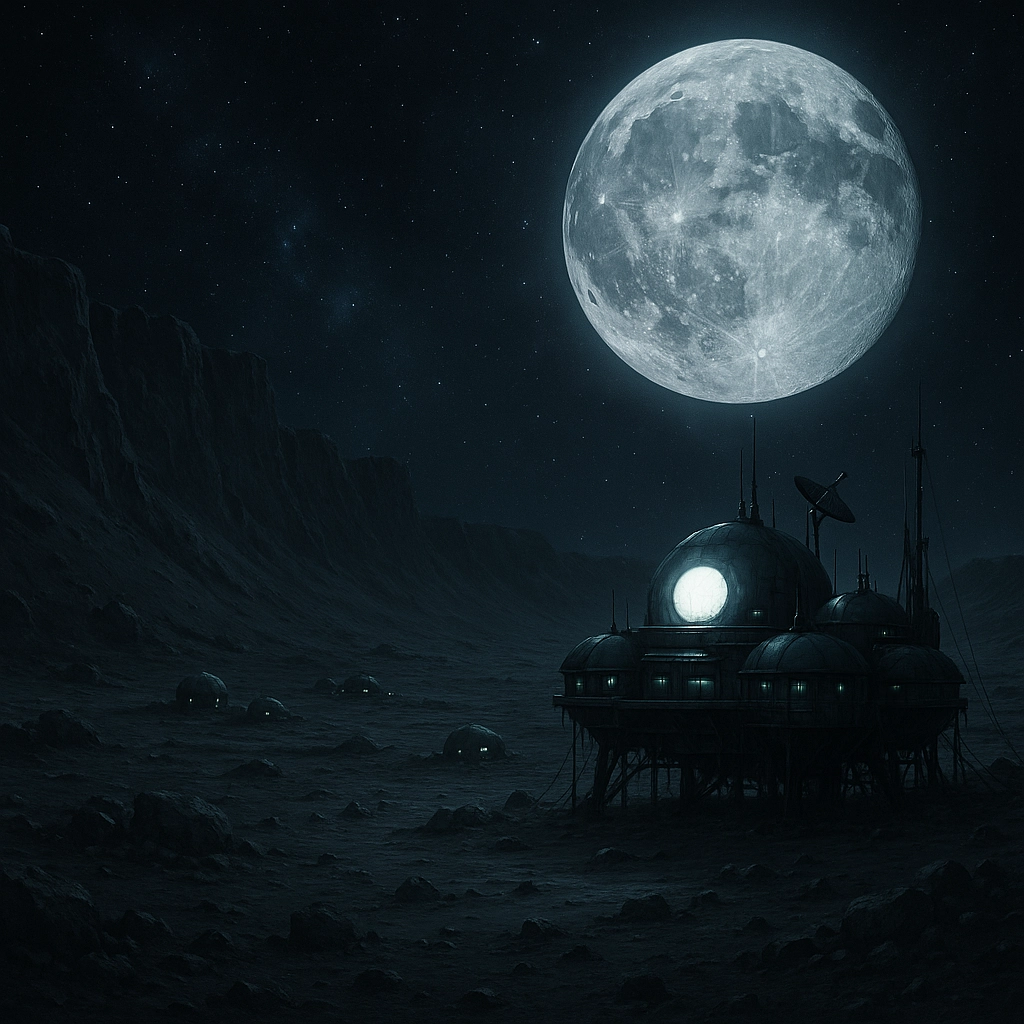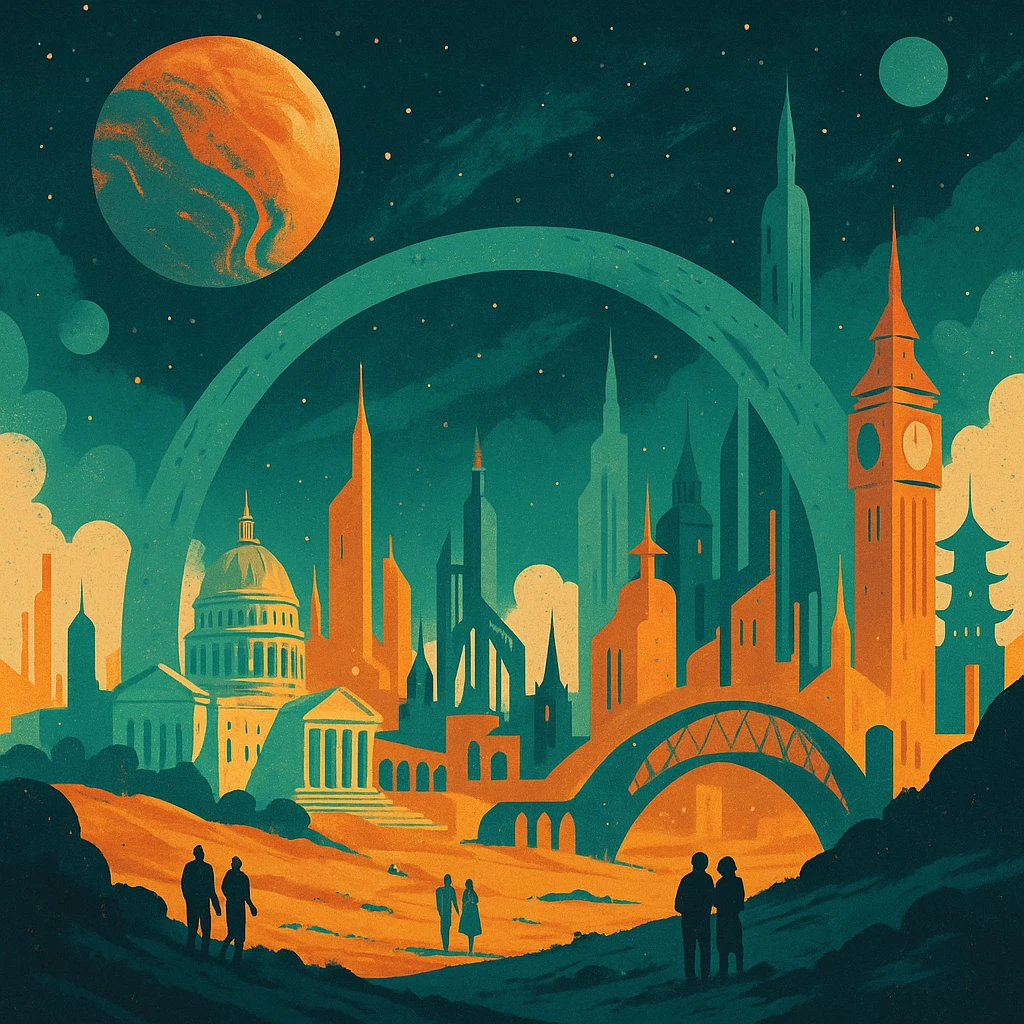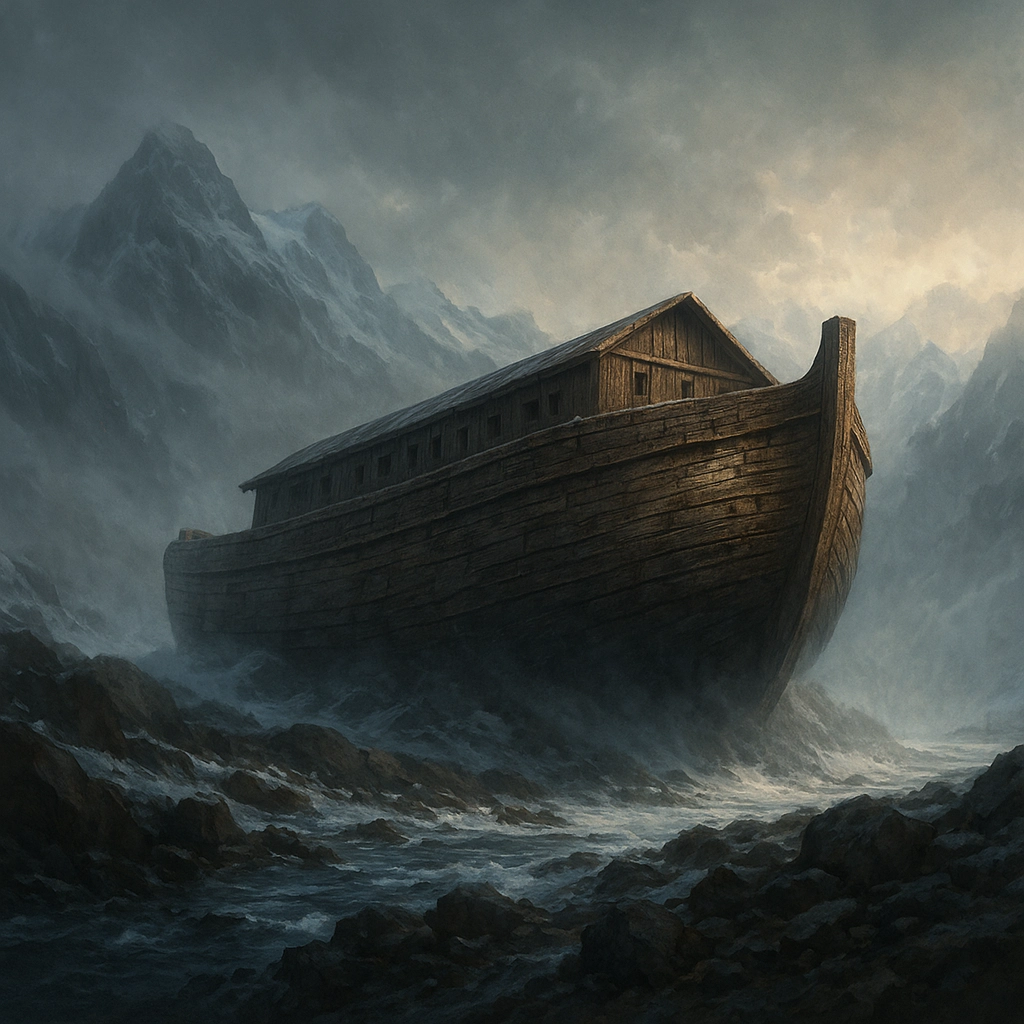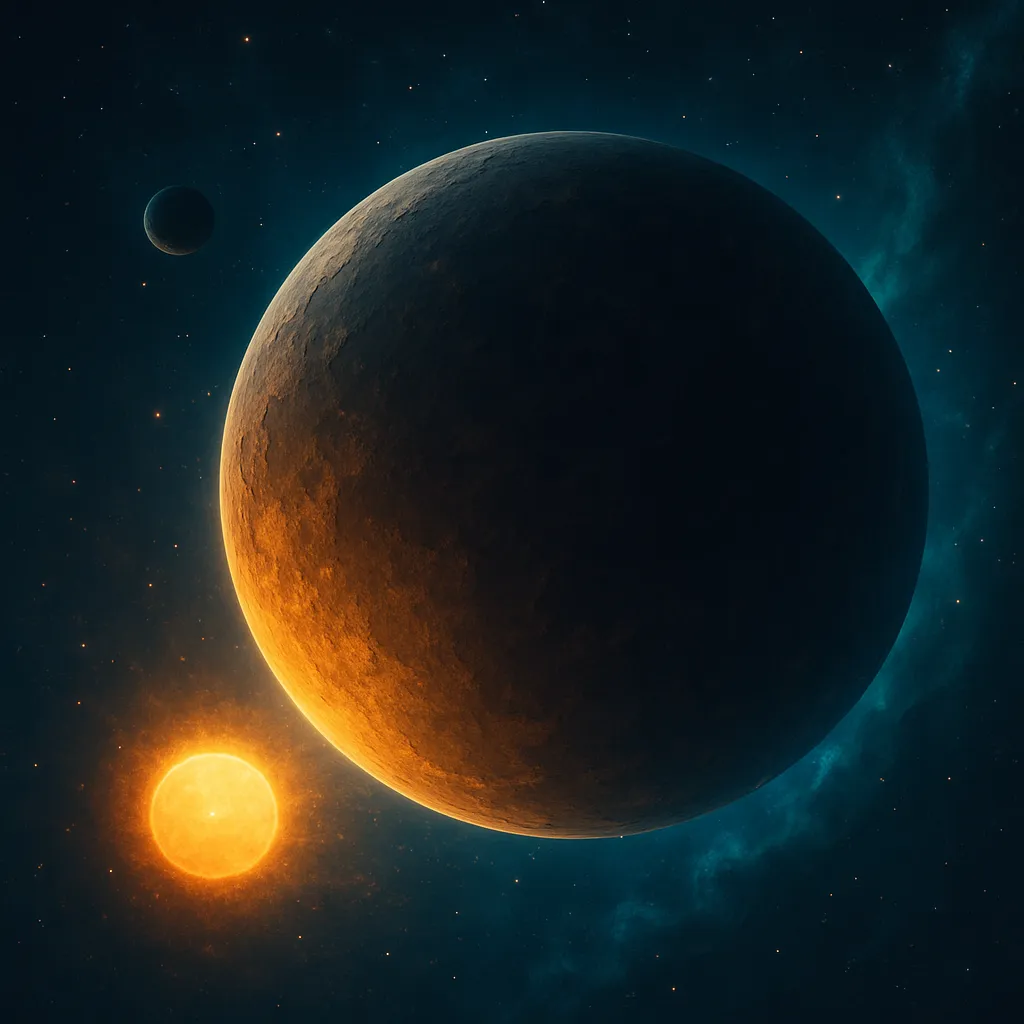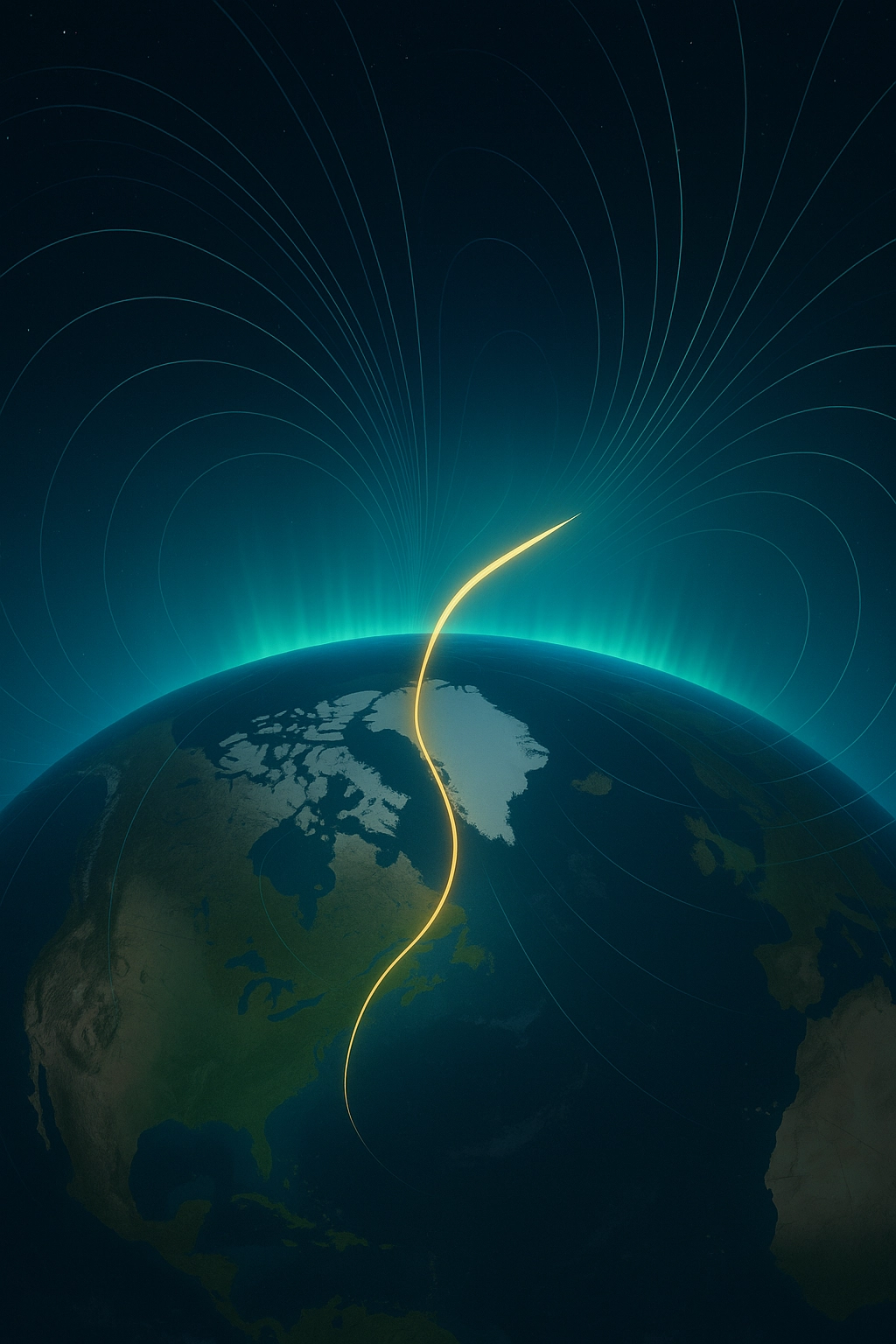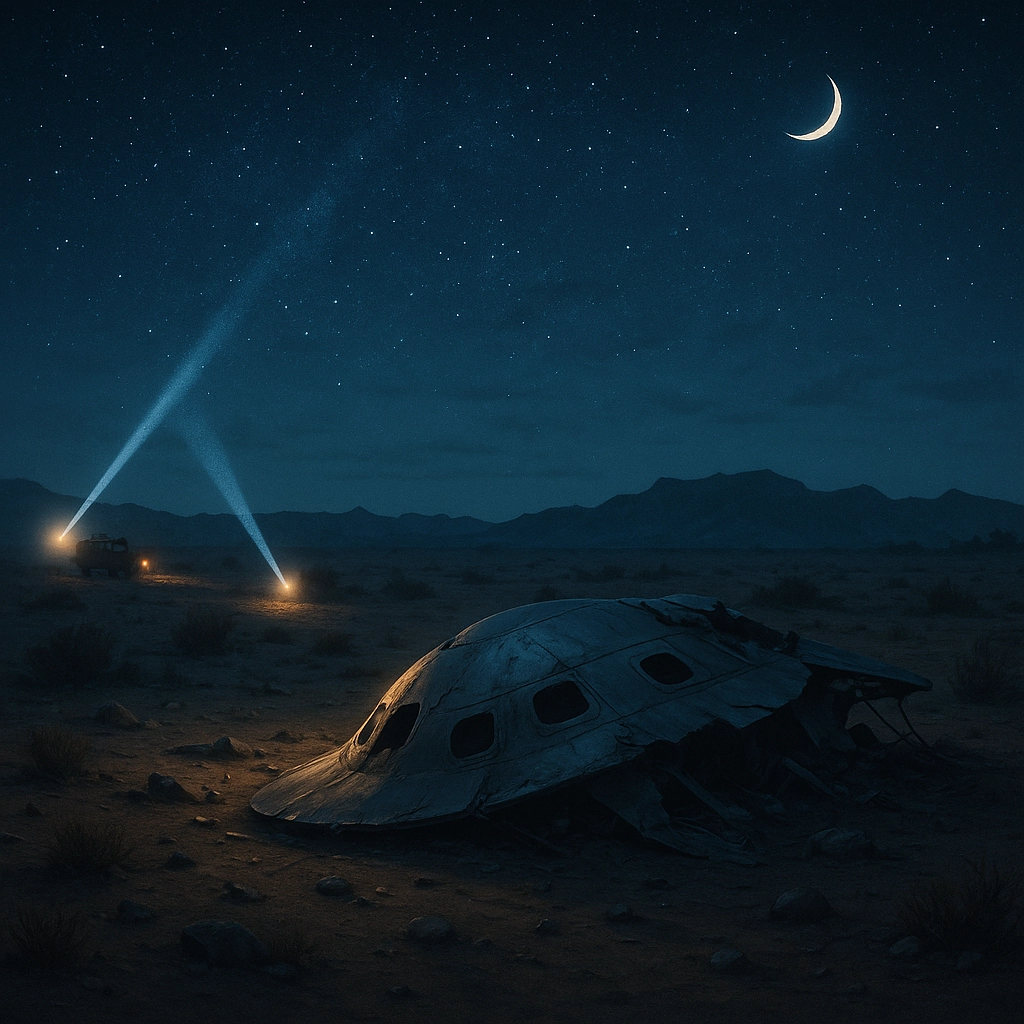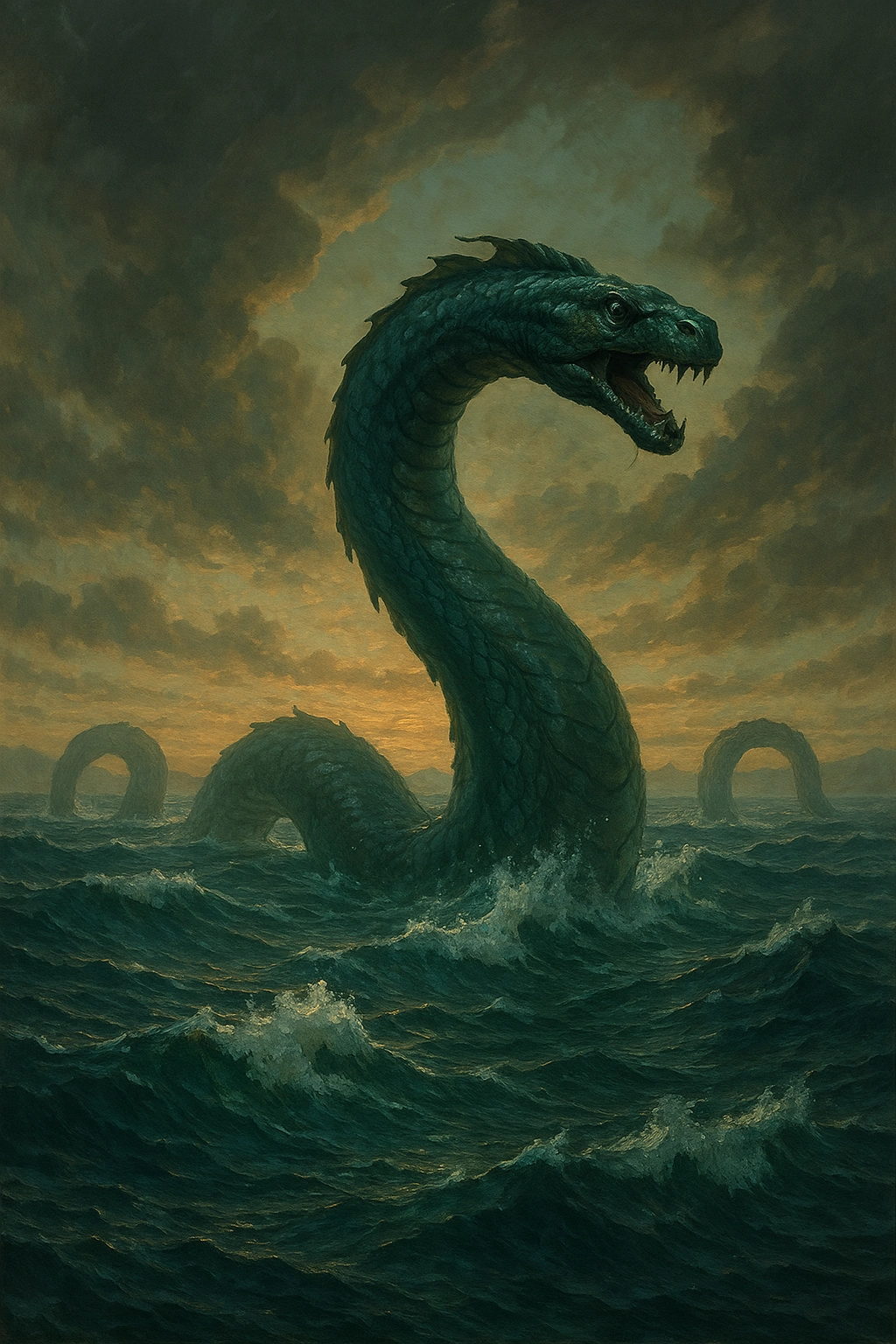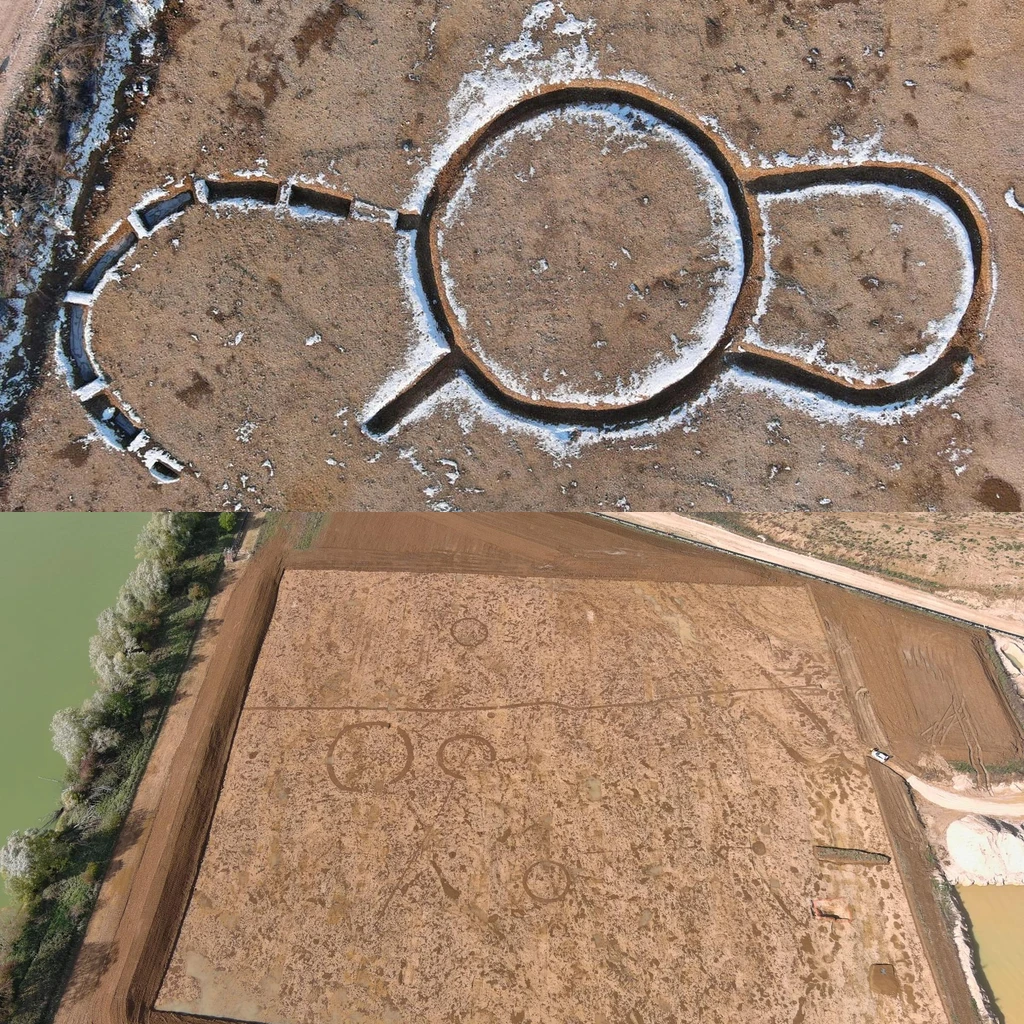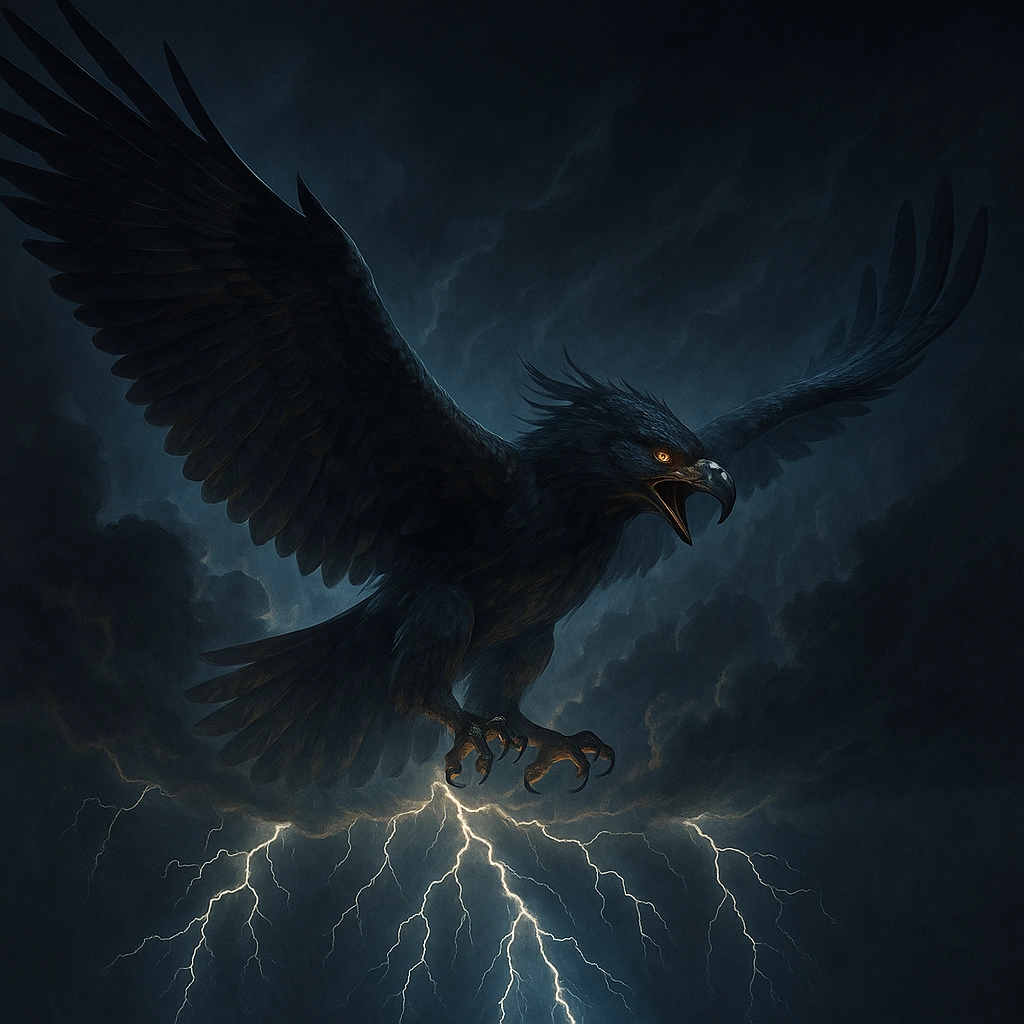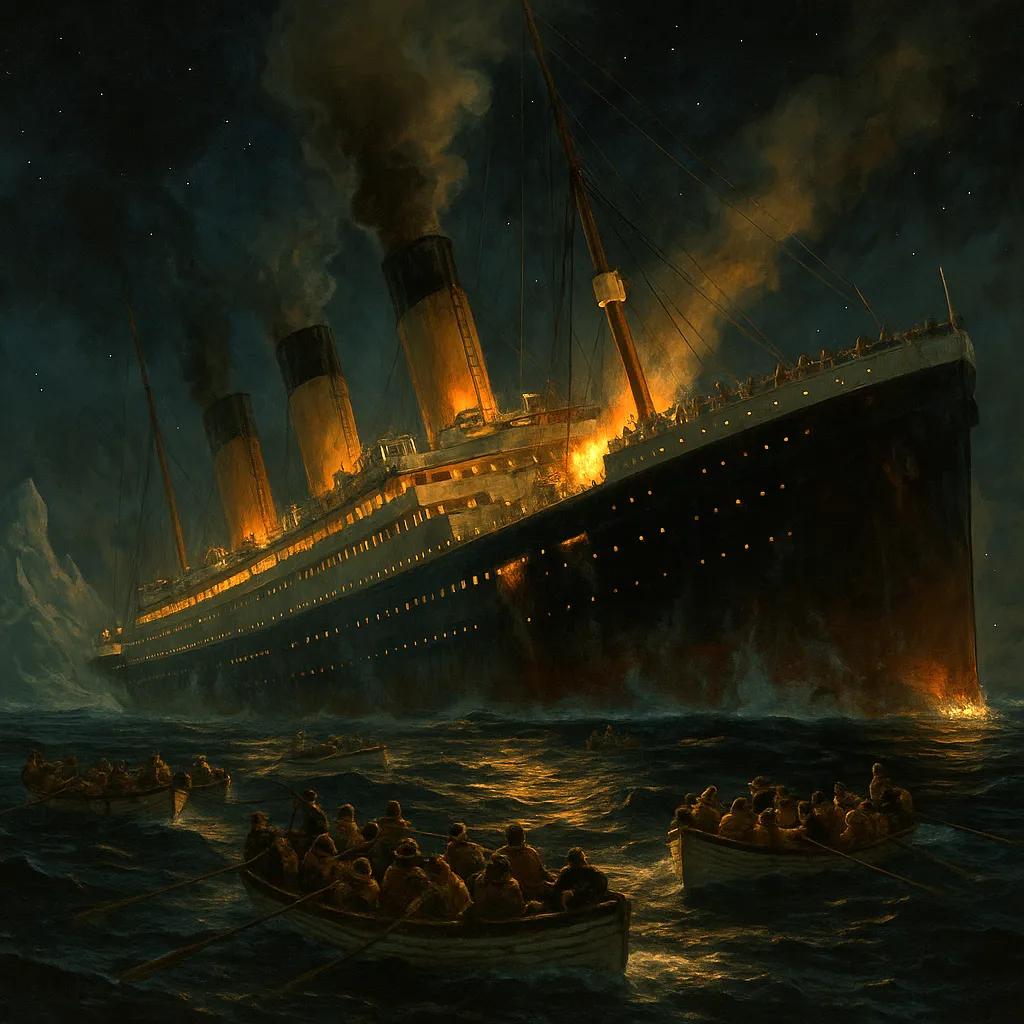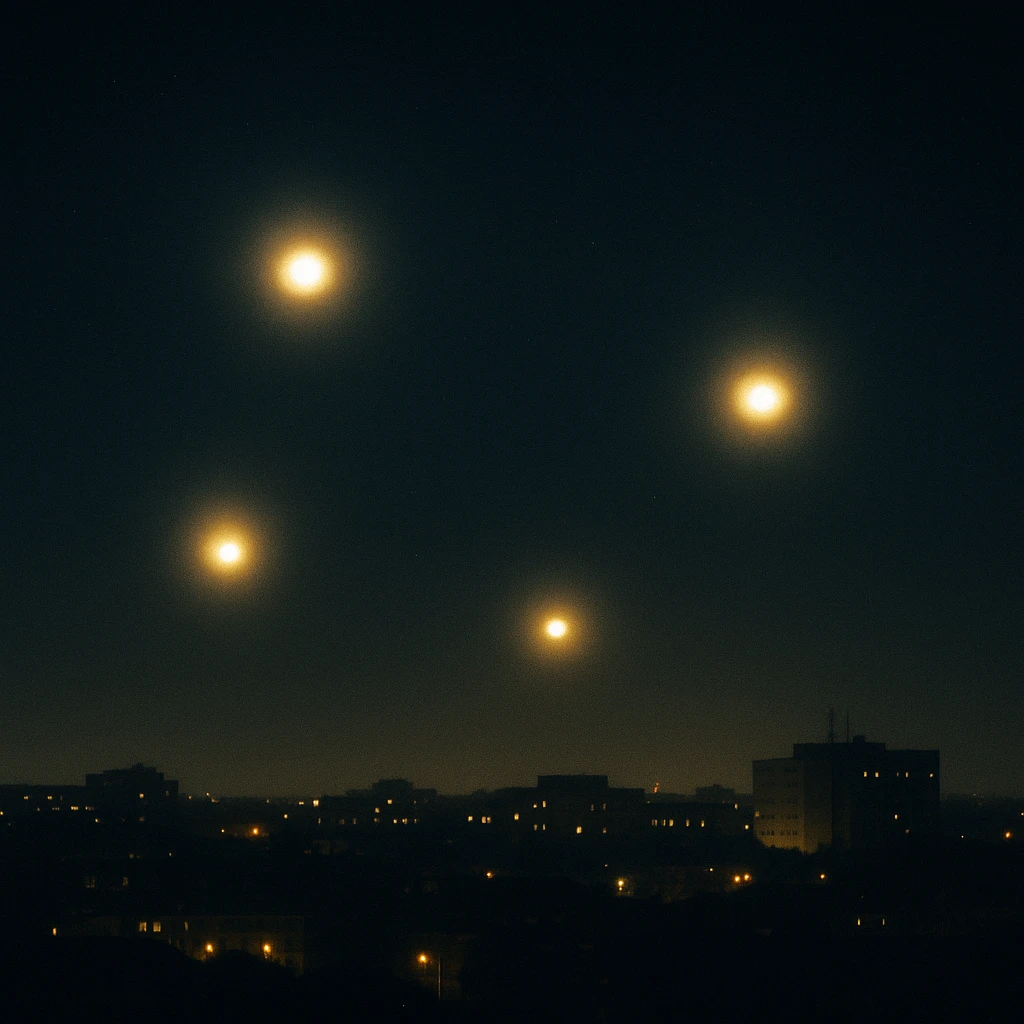Earth Facts and Planetary Oddities
Age
Formation
Radiometric dating of meteorites pins Earth's formation at **4.56 billion years ago**, mere tens of millions of years after the Sun ignited from the solar nebula.
Early Crust
Zircon crystals from Australia show that a solid crust existed by **4.4 billion years ago**, surviving a molten "late heavy bombardment" of asteroids.
Atmosphere & Oceans
Water vapor from volcanic outgassing condensed into oceans by **4.3 billion years ago**, and photosynthetic microbes began oxygenating the atmosphere around **2.5 billion years ago**.
Modern Era
Since then, Earth has cycled through at least **five mass extinctions**, grown its continental landmasses, and nurtured life-finally arriving at the planet we inhabit today.Earthquakes
A magnitude-9.0 earthquake struck off the west coast of Northern Sumatra, Indonesia, on Sunday morning at 6:58 a.m. local time December 26, 2004. The giant tremor devastated the Indonesian province of Aceh, and created destructive tsunami waves that crashed onto far away beaches in Sri Lanka, Thailand, India and other countries. Reports of at least 140,000 dead and thousands still missing, mostly from the tsunamis.
As a result, the Earth actually shifted 3 degrees and has not went back since. The world's largest recorded earthquakes are all megathrust events occurring at subduction zones.
This magnitude-9.0 quake is the largest in 40 years, since the Good Friday earthquake in Prince William Sound in Alaska in 1964.
It is the fourth largest in the last century, following only a 9.0 in Kamchatka in 1952, a 9.1 in Alaska in 1957, the 9.2 Prince William Sound quake, and the largest ever recorded, a magnitude-9.5 earthquake in Chile in 1960, according to the U.S. Geological Survey. All five events are megathrust quakes at subduction zones
Every year over one million earthquakes shake the Earth.Islands
The Philippine Archipelago comprises about 7,641 islands clustered into three major island groups: Luzon, the Visayas, and Mindanao. Only about 2,000 islands are inhabited, and more than 5,000 are yet to be officially named. It would take you almost 21 years to visit every island if you spent one day on each of them.
Tomorrow Island (Big Diomede) and Yesterday Island (Little Diomede).
The Diomede islands are just three miles apart but the bigger island is almost one day ahead of its smaller neighbour (21 hours) because they sit on either side of the International Date Line which passes through the Pacific Ocean and marks the boundary between one calendar day and the next. They sit in the Bering Strait between mainland Alaska and Siberia. Big Diomede is located on the Russian side while Little Diomede is on the US side. The ice bridge that forms between the two islands in winter makes it possible, although illegal, to walk the short distance between them and 'travel through time'.Lightning
Strike Frequency
On average, about 100 lightning bolts strike Earth every second, adding up to nearly 8.6 million strikes each day.
Global Distribution
Tropical regions like Central Africa and South America experience the highest lightning density. Lake Maracaibo in Venezuela holds the world record for most frequent lightning displays.
Power and Energy
A single bolt can carry up to one billion volts and release 1 gigajoule of energy-enough to power a 100-watt bulb for over three months.
Atmospheric Role
Lightning helps fix nitrogen in the air, converting it into compounds that fertilize soil and support plant growth.
Safety & Records
Fewer than 10,000 people die from lightning globally each year. Roy Sullivan survived seven strikes-the most recorded by any person.Motion
The Earth spins at 1,000 mph but it travels through space at an incredible 67,000 mph.Nations
Nation Count
There are 195 countries recognized by the United Nations-193 members and 2 observer states. But when including territories, dependencies, and disputed lands, the number climbs above 260.
Disputed & Unrecognized
Some territories claim independence without full recognition-like Taiwan, Kosovo, and Northern Cyprus. Others like Western Sahara remain in legal limbo.
Nations Without Militaries
Over 20 nations, including Iceland, Panama, and Costa Rica, operate without a standing army, relying instead on diplomacy or defense treaties for protection.
Strange Borders
Some borders defy logic. Baarle, a Dutch-Belgian town, has dozens of enclaves. And Mount Everest's summit sits precisely on the Nepal-China border.
Global Independence
More than half of the world's nations have gained independence since 1945, many from colonial powers. The youngest is South Sudan, formed in 2011.Ocean
It's commonly understood that oceans are deep, but at their deepest they are very deep-and the deepest part of any ocean is the Mariana Trench, located in between Japan and Papa New Guinea. If you were to drop a pebble overboard at this location, it would take just over an hour to reach the bottom of the seabed!
Earth's Oceanic Dominance
Over 70 percent of Earth's surface is covered by ocean, holding 97 percent of all the planet's water. Most of it remains unexplored.
Deepest Point Known
The Mariana Trench reaches about 36000 feet (11000 meters) deep, deeper than any mountain is tall.
Oceanic Currents
Powerful currents like the Gulf Stream move heat around the globe, influencing weather, climate, and even migration patterns.
Underwater Mountains
The Mid-Atlantic Ridge is the world's longest mountain range, and it is entirely underwater, stretching over 10000 miles.
Hidden Ecosystems
Hydrothermal vents on the seafloor support life with no sunlight at all, proving ecosystems can thrive on heat and chemicals instead of photosynthesis.Physical
Core to Crust
Earth has three main layers - the crust, mantle, and core. The inner core is solid iron and nickel, hotter than the surface of the Sun.
Mount Everest
Earth's tallest mountain above sea level, Everest reaches about 29032 feet. But the tallest mountain overall is Mauna Kea, measured from base to peak.
Weight of the Earth
Earth weighs about 13,170,000,000,000,000,000,000,000 pounds - or 5.97 x 10^24 kilograms.
Speed Through Space
Earth travels around the Sun at about 67000 miles per hour, while spinning at 1000 mph at the equator.
Earthquakes
About 500000 detectable earthquakes occur every year. Around 100000 can be felt, and a few dozen cause serious damage.
Gravitational Variance
Gravity is not uniform - it is slightly weaker at the equator and over deep ocean trenches due to Earth's shape and mass distribution.
Magnetic Field
Earth's magnetic field is generated by the spinning liquid outer core. It shields the planet from harmful solar and cosmic radiation.Population
Global Total
Earth's population has passed 8 billion and continues to grow, though the rate has slowed in many regions.
Live World population figures: View live stats.
Most Populous Country
India surpassed China as the most populous nation in 2023, with each having over 1.4 billion people.
Urban Living
Over 55 percent of the world's population lives in urban areas - projected to reach 68 percent by 2050.
Historic Growth
It took all of human history until 1804 to reach 1 billion. We've added billions faster ever since.
Declining Rates
Many countries now have shrinking populations due to low birth rates, including Japan, Italy, and South Korea.
Most Crowded
Monaco is the most densely populated country, with over 26000 people per square kilometer.
Least Crowded
Mongolia has one of the lowest population densities on Earth, with just 2 people per square kilometer.
Megacities Rising
There are over 30 cities worldwide with more than 10 million residents - known as megacities.
Global Migration
Over 280 million people live outside their country of birth, the highest number ever recorded.
Future Outlook
The global population is expected to peak around 10.4 billion in the 2080s, then begin to decline.


